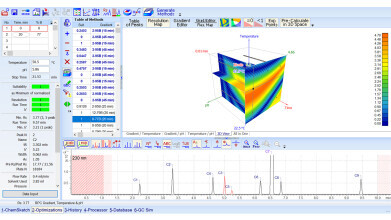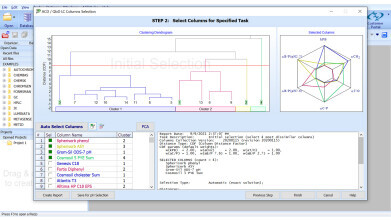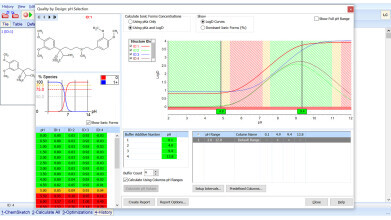IT solutions
Employ Software for Greener, Sustainable Chromatography
Sep 03 2024
Chromatographic methods are crucial for separating and analyzing complex mixtures and are widely used across various R&D sectors. With such a wide array of potential applications, gas, and liquid chromatography methods involve large amounts of energy and organic solvents that can negatively impact the environment.
The concept of green chromatography originates from Anastas’ 12 principles of green chemistry and refers to the shift towards practices that minimize the environmental impact of chromatographic processes. While certain levels of waste are inevitable, there are readily available software tools that can be leveraged to improve sustainability, without compromising operational efficiency.
Use of Predictive Technology to Avoid Unnecessary Experiments
The physicochemical properties of a molecule can help you better understand its likely behavior, enabling you to refine methods without trial-and-error experimentation. Prediction software such as PhysChem Suite (available with (AutoChrom® and Method Selection Suite) uses quantitative structure-property relationship (QSPR) calculations and complex algorithms to predict properties like LogP, LogD, pKa, and more. These tools help you to take a systematic and rational approach to selecting optimal chromatographic parameters (e.g. pH, solvent) and determine whether a generic or more focused method is appropriate. Using predictive tools helps to effectively start and refine a method development project, resolving issues in chromatographic separations and identifying optimum conditions more quickly, building robustness into methods from the start.
In Silico Simulations to Optimize Chromatographic Separations—Reducing Waste and Saving Time
Chemistry experiments inherently produce waste. The “greenest” experiments are run on a computer, rather than a benchtop.
With ACD/Labs’ method development software, databases of reference methods can be screened before starting, and predictions and experimental data can be used to select an initial method. Optimal method conditions are determined by simulation, and conditions (like column length, injection volume, pH, gradient, etc.) are optimized with 1D, 2D or 3D models. This minimizes the number of experiments, significantly reducing the consumption of solvents and the generation of waste.
By using software tools for prediction and in silico method development, unnecessary experiments can be avoided—conserving energy and minimizing chemical waste. These software tools allow for smarter decision-making, leading to better predictions, fewer experiments, and optimized chromatographic methods—supporting greener practices and advancing sustainability.
Digital Edition
Lab Asia 32.2 April
April 2025
Chromatography Articles - Effects of small deviations in flow rate on GPC/SEC results Mass Spectrometry & Spectroscopy Articles - Waiting for the present to catch up to the future: A bette...
View all digital editions
Events
Apr 22 2025 Hammamet, Tunisia
Apr 22 2025 Kintex, South Korea
Analytica Anacon India & IndiaLabExpo
Apr 23 2025 Mumbai, India
Apr 23 2025 Moscow, Russia
Apr 24 2025 Istanbul, Turkey





















